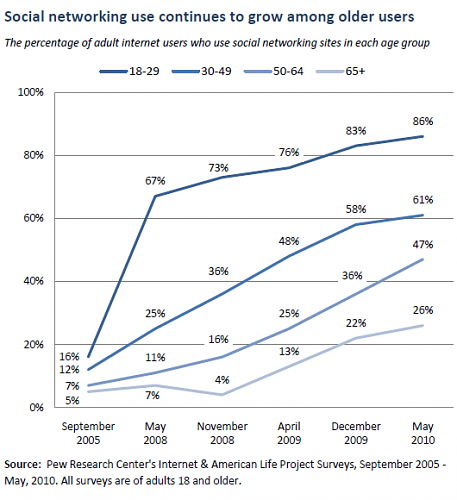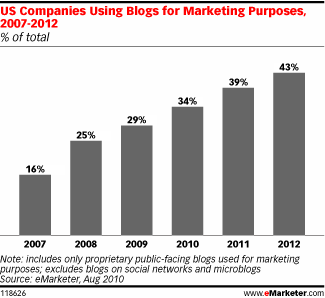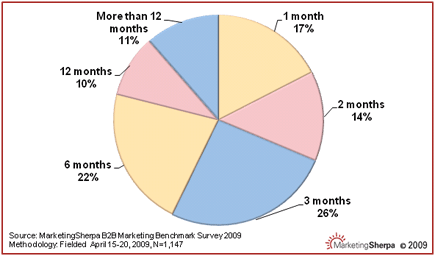 Wir haben gestern einen Ausflug gemacht. An den Tegernsee, denn wir lieben die Bergregion um München. Schöne Berge, traumhafte Natur und auf den Almen immer nette Menschen und leckeres Essen. Aber eine Sache macht uns immer wieder zu schaffen. Die Qual der Wahl… Die Qual der Wahl, welche Hütte wir diese Wochenende “bewandern”. Welchen Weg wir nehmen sollen. Oder, welches Essen uns wohl am meisten ansprechen wird, wenn wir oben auf dem Berg angekommen sind. Und selbst wenn wir es wissen, lesen wir die Karte und sehen immernoch vor der Entscheidung … oder haben weiterhin die Qual der Wahl.
Wir haben gestern einen Ausflug gemacht. An den Tegernsee, denn wir lieben die Bergregion um München. Schöne Berge, traumhafte Natur und auf den Almen immer nette Menschen und leckeres Essen. Aber eine Sache macht uns immer wieder zu schaffen. Die Qual der Wahl… Die Qual der Wahl, welche Hütte wir diese Wochenende “bewandern”. Welchen Weg wir nehmen sollen. Oder, welches Essen uns wohl am meisten ansprechen wird, wenn wir oben auf dem Berg angekommen sind. Und selbst wenn wir es wissen, lesen wir die Karte und sehen immernoch vor der Entscheidung … oder haben weiterhin die Qual der Wahl.
Eine große Auswahl zu haben, ist eine schöne Sache. Man könnte sagen, ein Luxusproblem… Aber wie auch schon Miriam Meckel in ihrem Buch Das Glück der Unerreichbarkeit klar macht, ist die Qual der Wahl eine unserer größten Herausforderungen der Zukunft. Viele Sachen stimulieren uns, viele Sinne rühren uns, viel Auswahl verwirrt uns. Ohne Filter wird alles zu einem einzigen Chaos.
Wir lieben es Karten zu lesen, die eine große Auswahl bieten und soind enttäuscht, wenn die Karte nur klassische Breotzeit offeriert. Es sei denn auf der Hütte, wo die Brotzeit zu einem kulinarischen Highlight avenziert. Und wie es immer so ist, scheint der Hunger und die Begeisterung größer als das Bedürfnis. Die Qual der Wahl wächst…
Warum erzähle ich das alles?
Manchmal möchte ich nicht in der Haut von den Leuten stecken, die ich so berate oder beraten habe in den letzten Wochen und Monaten. Social Media Marketing scheint einen ähnlichen Effekt auf Marketing-, PR-, HR- und Customer Service Manager zu haben.
Die Qual der Wahl stapelt sich für sie in Form von zahlreichen Fragen…
– Nutze ich Social Media überhaupt? Eine Wahl, die eigentlich keine mehr sein sollte…
– Bleibe ich besser bei meinen Leisten und erklimme nicht die Höhen und Tiefen der modernen Medien?
– Welche Kommunikationmedien nutzt meine Zielgruppe (am liebsten und in 5 Jahren noch)?
– Welche Plattform schmeckt mir (Benutzerfreundlichekeit, Usability, Technik) am besten?
– Welche Plattform oder welche sozialen Medien ist/sind für mich zielführend?
– Kann ich eine Strategie, die meisten meinen eher eine taktisches Vorgehen, eines Mitbewerbes adaptieren?
– Geht die Geschäftsführung d’accord mit einer unstrategisch wirkenden Trial-and-Error Phase?
– Welche Tools, Taktiken und Trends nutze ich um meine Botschaften anzubringen?
– Wie und womit hört man eigentlich am besten in die Zielgruppe rein?
– Wie kommunizire ich und mache die Marke menschlich?
– Mit welchen Techniken oder Apps erhöhe ich meinen ROI-Output?
Die Qual der Wahl ist wie ein unbewanderter gebirgiger Waldweg. Man muß sich ab des Weges der Konformität wandern und testen, wenn man dann doch mal mit Ruhe einen klaren und zielführenden Gedanken fassen will.
Ein paar grundsätzliche Fragen, die man sich machen sollte…
– Wer ist meine Zielgruppe und wie ist sie im Social Web heute und morgen unterwegs (Baby Boomers, Gen X, Gen Y, Gen Z)?
– Wann soll mein Auswahl Erfolg zeigen? Deklinieren Sie vom kleinsten gemeinsamen Nenner der Unternehmensziele (Markenbildung, Engagement, Leads, Umsatzzahlen…
– Was schränkt mein Vorgehen (One-Voice Policy, Kunden Status Updates, Kommentare oder Posts) mit den sozialen Medien aufgrund business-strategischer Vorgaben ein?
– Warum scheinen soziale Medien für meine Zielgruppe am aussichtsreichsten? Eine gute Analyse der Erfolgssäulen gehört vorangeschaltet, um Kosten, Personalaufwand und sonstige Resourcen abschätzen zu können…
– Wie setze ich die sozialen Kommunikationskanäle Blog, Twitter, Faceboook, Youtube oder XING/LinkedIn zukunftsträchtig als Informationsmedien auf, wer testet und wer optimiert? Wie kann hieraus ein steter Prozess entstehen?
Vielleicht bietet der Post eine Leilinie zur Entscheidungshilfe. Falls nicht, sagen Sie mir, wie sie mit der Qual der Wahl umgehen oder umgegangen sind. Die Diskussion ist eröffnet…
 According to the latest Pew Internet & American Life report the demographics of older internet users turning to social media is on massive growth. The study results show that 47% (April 2009: 23%) of internet users age 50-64 and 26% (April 2009: 13%) 65 and older use social networking. And the main reasons for the heavy digital use is: Getting the latest news. 76% ages 50-64 turn digital for news. 42% went online to get news the day before – 20% got them of social networks.
According to the latest Pew Internet & American Life report the demographics of older internet users turning to social media is on massive growth. The study results show that 47% (April 2009: 23%) of internet users age 50-64 and 26% (April 2009: 13%) 65 and older use social networking. And the main reasons for the heavy digital use is: Getting the latest news. 76% ages 50-64 turn digital for news. 42% went online to get news the day before – 20% got them of social networks.











